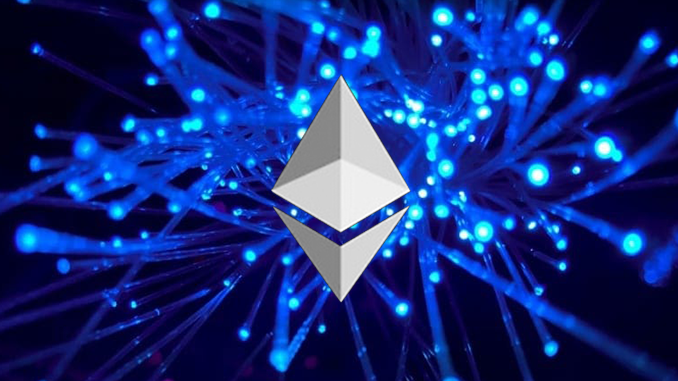
Ethereum technologically changed its protocol with “The Merge” just under a month ago. Skeptics ask: Has decentralization been lost in ETH with the proof-of-stake now in use?
The cornerstone for trust in Bitcoin and Co. are the decentralized networks of cryptocurrencies. They are supposed to guarantee that transactions cannot be influenced. At Ethereum (ETH), the second most important global cryptocurrency, the technological basis was fundamentally changed in mid-September with “The Merge” and this could also have an impact on the degree of decentralization in the ecosystem. Before “The Merge,” Ethereum, like Bitcoin (BTC), was built on Proof-of-Work (PoW), where miners confirm transactions. Now Ethereum uses Proof-of-Stake (PoS) as its protocol, where so-called validators declare transactions as valid.
For a network point to be a validator on Ethereum, it must have at least 32 ETH (current market value around $42,000) on deposit. In addition, a certain technical expertise is required. Therefore, investors tend to leave the staking of their ETH to large providers. When it comes to Ethereum staking as a service, Lido is the market leader, but the major crypto exchanges Binance, Coinbase and Kraken are also heavily involved. Combined, Lido, Binance, Kraken and Coinbase are gathering a good 60 percent of the staked ETH. Overall, around 14 million of the total of just over 120 million Ethereum are in stake mode, i.e. around 12 percent. Accordingly, a trend toward less decentralized structures can be seen among these.
One practical issue where decentralization is coming to the fore is being imposed on Ethereum by U.S. regulators. Led by the Office of Foreign Assets Control (OFAC), which is housed at the U.S. Treasury Department, validators are in fact being required not to process certain transactions. This concerns ETH transactions that originate from addresses that were in contact with the Ethereum mixer Tornado Cash. Here, the authorities suspect money laundering and illegal activities. Coinbase is participating in a lawsuit against OFAC, but like others, is complying with the rules for now.
However, experts still see censorship resistance guaranteed in the ETH network. This is because a complex set of rules ensures that even ETH transactions that may be objected to by OFAC are processed by validators. However, ways out of this could become rarer if the large staking pools continue to gain market power. On the other hand, a mechanism called MEV (“maximum extractable value”) makes it possible for validators to optimize the staking rewards that are distributed to validators as rewards. Among the staking pools using MEV, those willing to comply with OFAC’s requirements have so far been in the minority.
The staking situation is expected to change on Ethereum when the “Shanghai” update goes into effect and staked ETH can also be withdrawn. Until the update, which is expected in 2023, staked Ethereum will be fixed on the network. There is currently just under 5 percent targeted APR for Ethereum staking. However, those who make Ethereum available for lending via DeFi services such as Nexo or CakeDeFi may well earn 6 percent APR. Therefore, it is expected that after Shanghai, the share of staked ETH will decrease and more Ethereum will come back into free circulation. Free choice in deciding how ETH generate passive income also means that investors could target to support those services that fundamentally reject influences such as from OFAC.
Bottom line: confidence in Ethereum seems assured
You notice: the decentralization theme in Ethereum is influenced by various factors, including external ones like OFAC. The protocol change through “The Merge” tends to make large service providers more powerful on the network, but there is no sign of any single pool overruling others. Thus, Ethereum’s level of decentralization still seems sufficient to trust the ecosystem. In general, the examples of other large ecosystems such as Solana (SOL) and Binance Coin (BNB) also show that absolute decentralization is no longer necessarily decisive for the market value of an altcoin. Investors and projects are more likely to choose their ecosystem based on criteria such as use cases, capacity, and transaction fees. Here, Ethereum, with its supremacy in the DeFi and NFTs divisions, was already well positioned before “The Merge” despite high transaction fees. So far, there is no evidence that capital is being withdrawn from ETH because of concerns about decentralization.

Leave a Reply